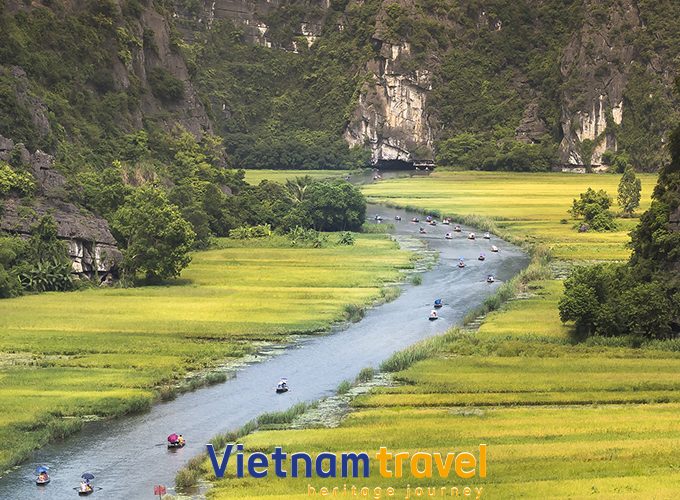A Crossroads of History and Culture
The Golden Triangle’s name originated from its 20th-century role as a global opium hub. Today, Myanmar’s slice of this tri-border area invites travelers to explore its layered legacy:
-
- Hall of Opium Museum (Thailand side): While technically across the border, this museum offers critical context on the region’s dark history and its shift toward sustainable tourism.
- Keng Tung (Myanmar): A historic Shan city near the border, home to pagodas like Wat Jom Kham and vibrant ethnic markets reflecting Myanmar’s diverse heritage.
- Golden Triangle Viewpoint: Stand at the “Tip of Myanmar” for panoramic views where three nations converge—a powerful symbol of Indochina heritage travel.
Myanmar’s Golden Triangle area, particularly the eastern Shan State, is a mosaic of ethnic cultures, including the Shan, Akha, and Lahu peoples, whose traditions endure despite modernization.
Natural Wonders and Scenic Landscapes
Beyond its history, the Golden Triangle captivates with untamed beauty:
-
- Mekong River Cruises: Drift past lush jungles and remote villages, witnessing daily life along the riverbanks.
- Hiking Trails: Trek through terraced tea plantations and misty hills near Keng Tung, encountering tribal communities.
- Boten-Bohan Border Zone (Myanmar-Laos): A emerging eco-tourism area with waterfalls and wildlife sanctuaries.
These experiences make the Golden Triangle a dynamic stop for heritage travel, bridging nature and culture.
Cultural Encounters and Ethnic Traditions
Myanmar’s Golden Triangle is a living museum of ethnic heritage:
-
- Akha Villages: Meet the Akha people, known for elaborate headdresses and animist rituals, in villages like Ho Kyin.
- Shan Temples: Explore Keng Tung’s Zom Kham Pagoda, believed to house a hair relic of the Buddha.
- Local Markets: Browse Keng Tung’s morning market for handicrafts, spices, and traditional textiles.
These interactions offer authentic insights into Myanmar’s cultural tapestry, enriching any Myanmar heritage travel itinerary.
A Gateway to Indochina Heritage Tourism
The Golden Triangle’s strategic location makes it a hub for exploring Indochina heritage travel:
-
- Chiang Rai (Thailand): Visit the White Temple or delve into hill tribe culture.
- Luang Prabang (Laos): A UNESCO site famed for its Buddhist temples and French colonial charm.
- Dien Bien Phu (Vietnam): A historic battlefield linked to Vietnam’s independence struggle.
Together, these destinations illustrate the interconnected heritage of Southeast Asia, from ancient empires to colonial legacies.
Sustainable Tourism and Community Initiatives
Myanmar’s Golden Triangle is pioneering responsible heritage travel:
-
- Community-Based Tourism: Stay in homestays, supporting ethnic villages while learning traditional crafts or farming.
- Opium Replacement Projects: Visit coffee plantations and organic farms that replaced poppy fields, part of regional efforts to promote sustainable livelihoods.
- Wildlife Conservation: Explore protected areas like Hukaung Valley Tiger Reserve, a global biodiversity hotspot.
Travelers play a role in preserving this fragile heritage by choosing ethical tours and respecting local customs.
Practical Tips for Your Journey
-
- Getting There: Fly to Tachileik (Myanmar) via Heho or Mandalay, or cross from Chiang Rai (Thailand).
- Best Time to Visit: November–February (cool, dry season).
- Visa Notes: Border passes may be required for certain areas; check regulations in advance.
Embrace the Spirit of Heritage Travel
The Golden Triangle is more than a geographic term—it’s a journey into resilience and reinvention. As you navigate its riverine landscapes, engage with its peoples, and reflect on its complex past, you’ll uncover a region redefining its place in Southeast Asia’s heritage. Whether paired with Indochina heritage tourism classics or explored as a standalone adventure, the Golden Triangle invites you to witness history in motion. Pack curiosity and respect, and let this enigmatic frontier reveal its stories.






















